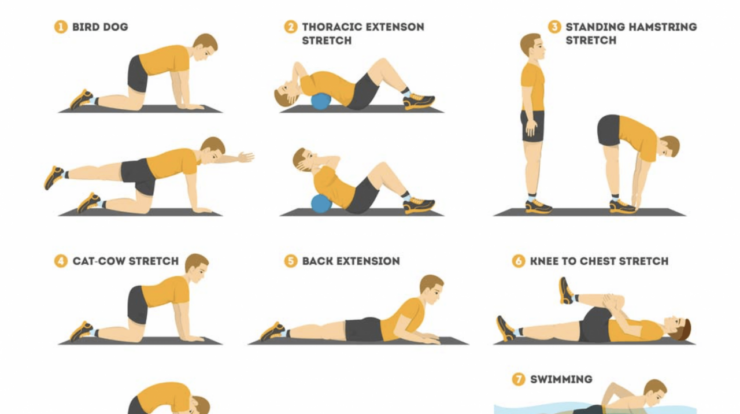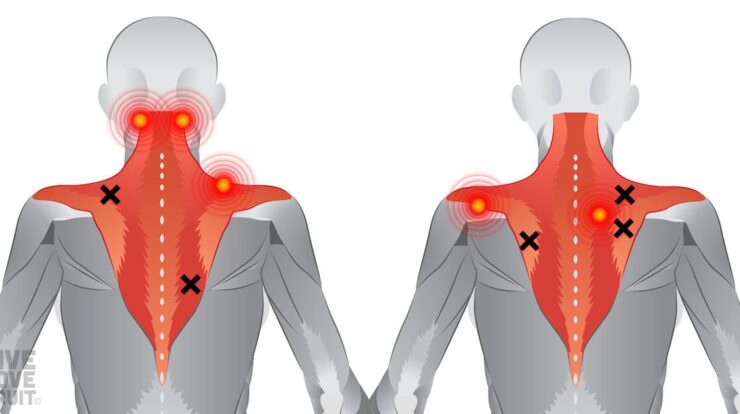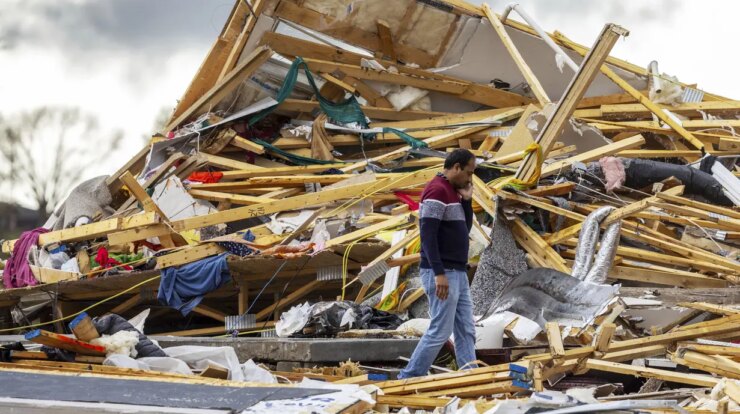
The Nebraska tornado, a force of nature that has left an unforgettable mark on the state, is a topic that demands our attention. From its devastating history to the latest advancements in forecasting and mitigation, this comprehensive guide delves into every aspect of this weather phenomenon, empowering you with knowledge and preparedness.
Unraveling the science behind tornado formation, understanding the different types of warnings, and learning about the strategies employed to minimize their impact are crucial steps towards safeguarding ourselves and our communities. Join us as we navigate the intricacies of the Nebraska tornado, uncovering its complexities and empowering ourselves with knowledge.
Bon Jovi’s love for film is evident in his favorite movies , which include classics like “The Godfather” and “The Shawshank Redemption.” His influence on popular culture extends far beyond music, as he has been involved in philanthropy, activism, and even acting.
From his early days as a struggling musician to his status as a global icon, Jon Bon Jovi’s story continues to inspire and captivate fans around the world.
Nebraska Tornado History

Nebraska has a long and devastating history with tornadoes. The state is located in the center of Tornado Alley, a region of the United States that experiences a high frequency of tornadoes. Some of the most significant tornadoes to hit Nebraska include:
- The Hallam tornado of 1980was an F4 tornado that killed 10 people and injured 60. It was the deadliest tornado in Nebraska since 1955.
- The Omaha tornado of 1975was an F5 tornado that killed three people and injured 132. It caused extensive damage to the city of Omaha.
- The Grand Island tornado of 1982was an F4 tornado that killed five people and injured 200. It caused widespread damage to the city of Grand Island.
- The Pilger tornado of 2014was an EF5 tornado that killed one person and injured 19. It was the first EF5 tornado to hit Nebraska since 2004.
Tornado Safety and Preparedness: Nebraska Tornado
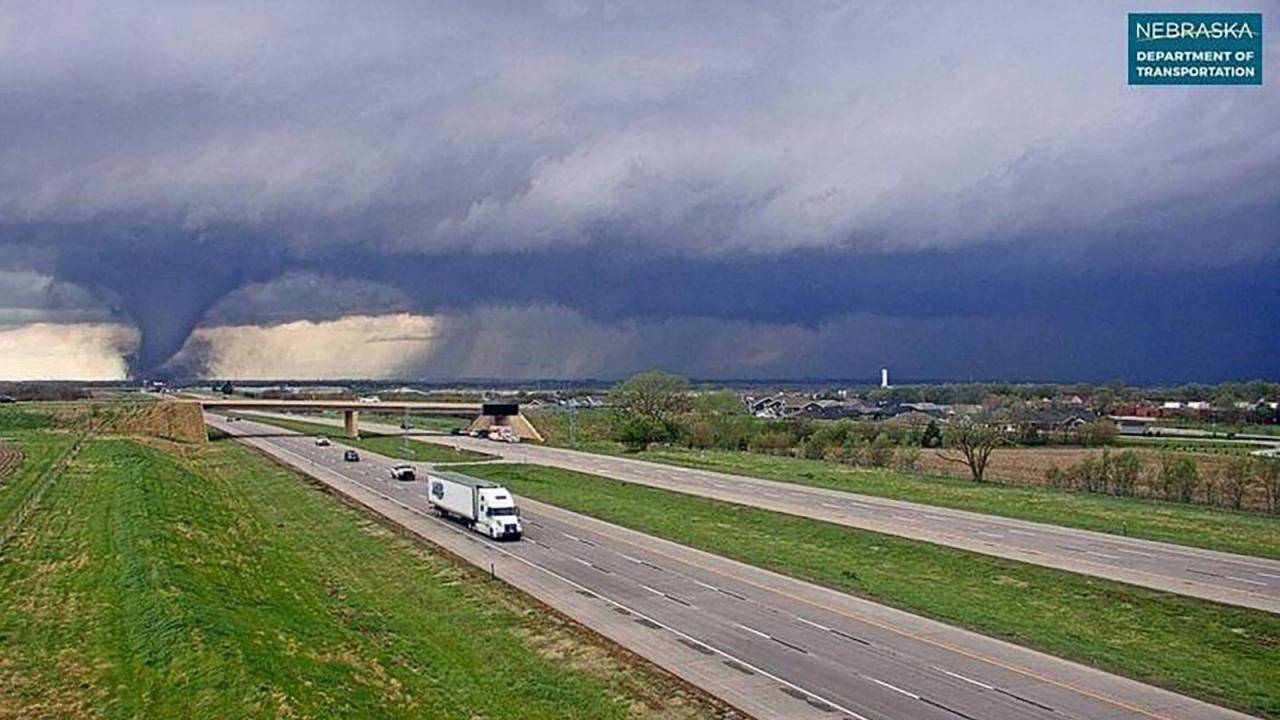
Tornadoes are a dangerous and unpredictable force of nature. It is important to be prepared for a tornado in case one strikes your area. Here are some tips for tornado safety and preparedness:
Tornado Warnings
There are three types of tornado warnings:
- Tornado Watch:A tornado watch means that conditions are favorable for tornadoes to develop. You should be prepared to take shelter if a tornado warning is issued.
- Tornado Warning:A tornado warning means that a tornado has been spotted or indicated by radar. You should take shelter immediately.
- Tornado Emergency:A tornado emergency means that a tornado is imminent or has already struck. You should take shelter immediately.
Tornado Safety Plan
It is important to have a tornado safety plan in place so that you know what to do if a tornado warning is issued. Your plan should include:
- A safe place to take shelter, such as a basement or interior room on the lowest floor of your home.
- A way to stay informed about tornado warnings, such as a weather radio or mobile phone app.
- A plan for what to do if you are outside when a tornado warning is issued.
Staying Safe During a Tornado, Nebraska tornado
If you are indoors when a tornado warning is issued, you should:
- Take shelter in a basement or interior room on the lowest floor of your home.
- Stay away from windows.
- Cover your head and neck with a blanket or pillow.
If you are outdoors when a tornado warning is issued, you should:
- Take shelter in a sturdy building or underground.
- Lie down flat in a ditch or other low-lying area and cover your head with your hands.
- Stay away from trees, power lines, and other objects that could be blown over by the wind.
Tornado Science
Tornadoes are a fascinating and complex weather phenomenon. They are formed when warm, moist air from the Gulf of Mexico meets cold, dry air from the north. The rising air forms a rotating column of air that can reach speeds of up to 300 miles per hour.
Tornadoes can be as narrow as a few feet or as wide as a mile.
Stages of Tornado Development
Tornadoes develop in three stages:
- The cumulus stage:This is the initial stage of tornado development. A cumulus cloud forms when warm, moist air rises from the ground. The cloud grows taller and wider as more air rises.
- The mature stage:This is the stage when a tornado forms. The cumulus cloud begins to rotate and a funnel cloud forms. The funnel cloud can then descend to the ground and become a tornado.
- The dissipating stage:This is the final stage of tornado development. The tornado weakens and begins to dissipate. The funnel cloud lifts back into the cumulus cloud and the tornado eventually disappears.
Factors Affecting Tornado Intensity and Duration
The intensity and duration of a tornado is affected by a number of factors, including:
- The amount of warm, moist air available:The more warm, moist air that is available, the stronger the tornado will be.
- The amount of cold, dry air available:The more cold, dry air that is available, the weaker the tornado will be.
- The wind shear:The wind shear is the difference in wind speed and direction between the surface and the upper atmosphere. The greater the wind shear, the stronger the tornado will be.
Tornado Impacts
Tornadoes can cause a wide range of damage, including:
- Structural damage:Tornadoes can cause severe damage to buildings, homes, and other structures. The wind speeds of a tornado can rip roofs off of buildings, collapse walls, and even level entire structures.
- Injuries:Tornadoes can cause serious injuries, including cuts, bruises, broken bones, and head injuries. The flying debris from a tornado can be deadly.
- Fatalities:Tornadoes can be deadly. The high winds and flying debris can cause fatal injuries.
Tornadoes can also have a significant economic impact. The damage caused by a tornado can cost millions of dollars to repair. Tornadoes can also disrupt businesses and cause job losses.
Jon Bon Jovi, the legendary rocker, has left an indelible mark on the music industry and beyond. From his humble beginnings early life to his enduring marriage and family, Bon Jovi’s personal life has been just as captivating as his music.
His daughter, Ava Sambora, has followed in her father’s footsteps as a talented singer, while his close friendship with Richie Sambora, who famously dated Ava, has been a source of inspiration and collaboration throughout their careers.
Final Wrap-Up
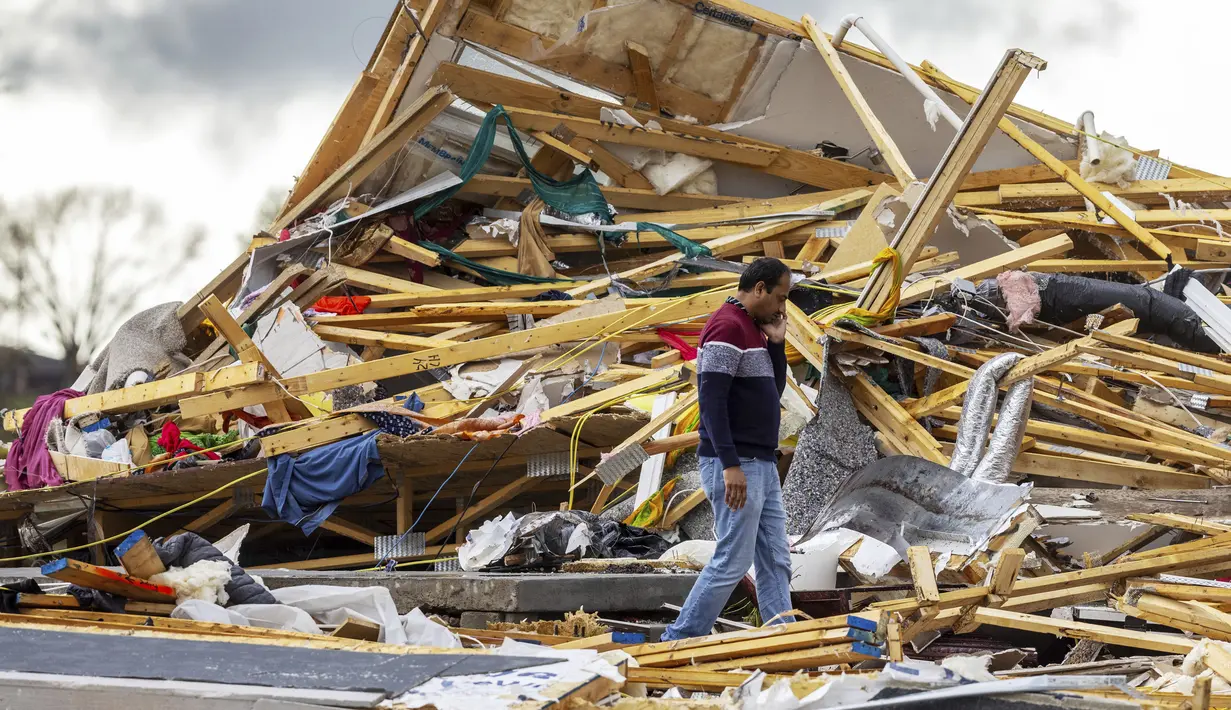
The Nebraska tornado, with its unpredictable nature and devastating potential, serves as a constant reminder of the importance of preparedness and resilience. By understanding the science behind these storms, staying informed about safety measures, and supporting mitigation efforts, we can collectively reduce the impact of tornadoes and protect our communities from their wrath.
FAQs
What is the most common type of tornado in Nebraska?
The most common type of tornado in Nebraska is the EF2 tornado, with winds ranging from 111 to 135 mph.
What is the safest place to be during a tornado?
The safest place to be during a tornado is in an underground shelter, such as a basement or storm cellar. If you do not have access to an underground shelter, go to the lowest level of your home, such as a bathroom or closet, and cover your head with a blanket or pillow.
What should you do if you see a tornado approaching?
If you see a tornado approaching, take cover immediately. Go to the lowest level of your home, such as a basement or storm cellar, and cover your head with a blanket or pillow. If you are outside, lie down in a ditch or other low-lying area and cover your head with your hands.
